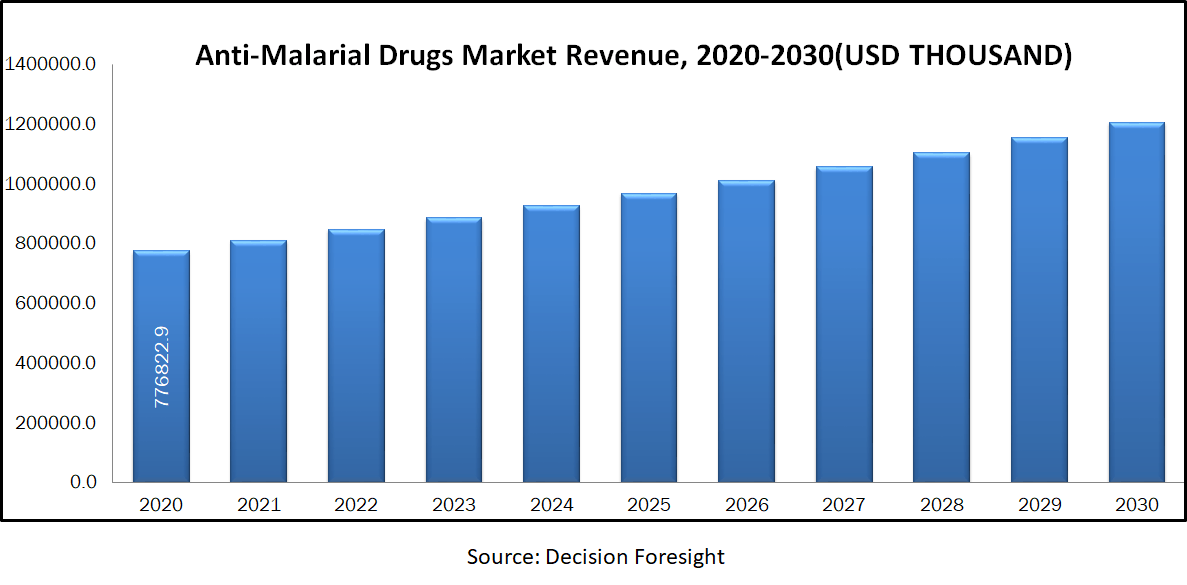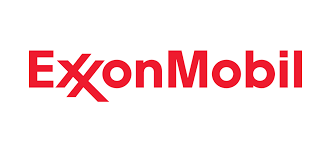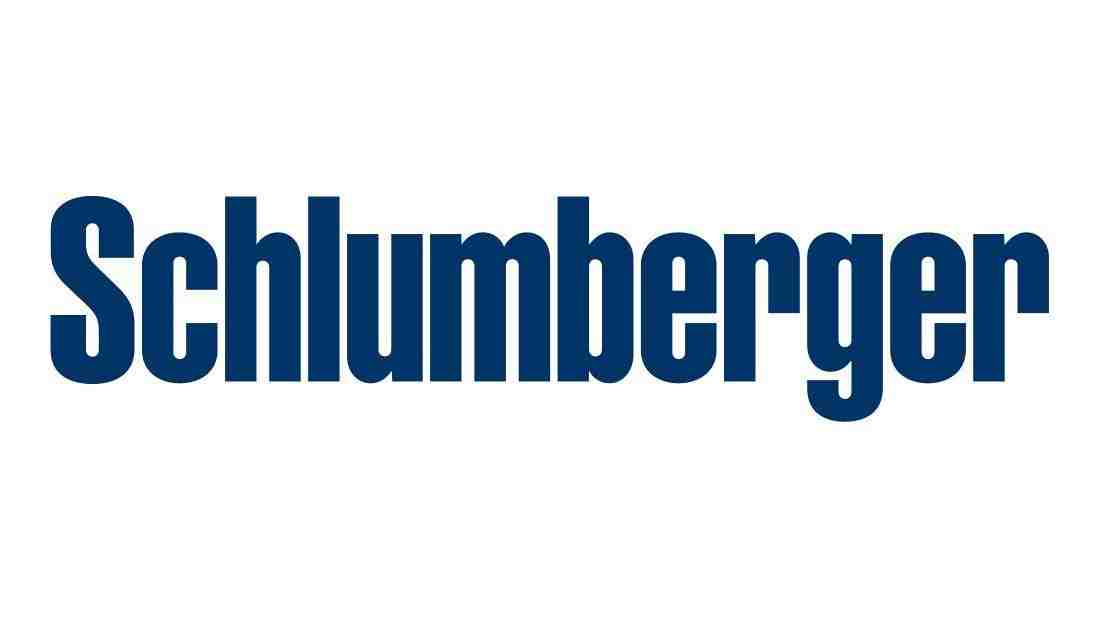Anti-Malarial Drugs Market held USD 1444.53 million in 2020 and is to grow with a CAGR of 0.97% from 2020-2030. Antimalarial drugs market share is expected to witness high growth in near future owing to its application in treatment of malaria. If a person is bitten by an infected anopheles, then the infection of a certain protozoan is transmitted to him. This condition is termed malaria. A patient suffering from malaria experiences anemia, chills and fever. Before entering an endemic area, malaria can be prevented by using antimalarial drugs as a prophylactic measure. Different antimalarial drugs are used for various stages of the parasite's life-cycle. Some antimalarial drugs are effective against an acute malaria attack, while some are used as prophylactic agents when entering the host body to kill the parasite. Malaria is an infectious disease that spreads through the bite of infected female mosquito, which transfers parasites into the human body. In addition, these parasites settle in liver cells where they reproduce and grow. They move to the red blood cells to reach a stage called merozoites. These merozoites breed inside the red cells and destroy them, causing symptoms such as fever, tiredness, vomiting, and headache. In addition, anti-malarial drug trends include treatment and prevention of malaria infection are referred to as antimalarial. There are different types of drugs available in market for malarial treatment, such as proguanil, quinine, hydroxychloroquine, mefloquine, pyrimethamine.
Market Dynamics and Factors:
The main factor driving the growth of the anti-malarial drugs market share is the increase in the prevalence of malaria in developing countries. In addition, increasing government awareness and increasing research into new antimalarial drugs are some of the factors that boost anti-malarial drugs market trends. However, lack of awareness of health care in developing countries is a key factor restricting the growth of the market for antimalarial drugs. Conversely, the growth opportunities presented by emerging economies are expected to provide lucrative market expansion opportunities during the forecast period.
Market Segmentation:
Based on the drug class, the anti-malarial drugs industry is segmented into pyrimethamine, quinine, mefloquine, proguanil, chloroquine and others. On the basis of distribution channel, the anti-malarial drugs market trends vary into hospital and retail pharmacy, and e-commerce & other distribution channel. Geographical breakdown and analysis of each of the aforementioned segments includes regions comprising North America, Europe, Asia-Pacific, and RoW.
Geographic Analysis:
Asia Pacific dominates the anti-malarial drugs market size with the large demand owing increasing cases of malaria in this region. Rapidly evolving life science industry has led to the growth of the anti-malarial drugs market in developing economies such as India, China, and Malaysia. With the constant development, awareness related to the use of antimalarial drugs is set to rise in Asian and even in Latin American economies.
Competitive Scenario:
Global anti-malarial drugs market, is highly competitive, with few players claiming major chunk of overall market share. Key companies are also expanding their manufacturing facilities to cater to growing demand for this drug globally. Key players enhancing the global Anti-Malarial Drugs market size include Zydus Cadila, Bayer, Laurus Labs, Sun Pharma, Sanofi, Ipca Laboratories Ltd, F. Hoffmann-La Roche Ltd., Novartis AG, GlaxoSmithKline plc, Mayne Pharma Group Limited, and King Pharmaceuticals, Inc.
Anti-Malarial Drugs Market Report Scope
| Report Attribute | Details |
| Analysis Period | 2020–2030 |
| Base Year | 2021 |
| Forecast Period | 2022–2030 |
| Market Size Estimation | Million (USD) |
| Growth Rate (CAGR%) | 0.97 % |
|
| By Drug Class (Quinine, Chloroquine, Proguanil, Mefloquine, Pyrimethamine), By Distribution Channel (Hospital Pharmacy, Retail Pharmacy, and E-Commerce & Other Distribution Channel) |
| Geographical Segmentation | North America (U.S., Canada, Mexico) Europe (UK, Germany, Italy, France, Rest of Europe), Asia-Pacific (China, Japan, India, Australia, Rest of APAC), South America (Brazil, Argentina, Rest of SA), MEA (UAE, Saudi Arabia, South Africa) |
| Key Companies Profiled | Zydus Cadila, Bayer, Laurus Labs, Sun Pharma, Sanofi, Ipca Laboratories Ltd, F. Hoffmann-La Roche Ltd., Novartis AG, GlaxoSmithKline plc, Mayne Pharma Group Limited, and King Pharmaceuticals, Inc. |







